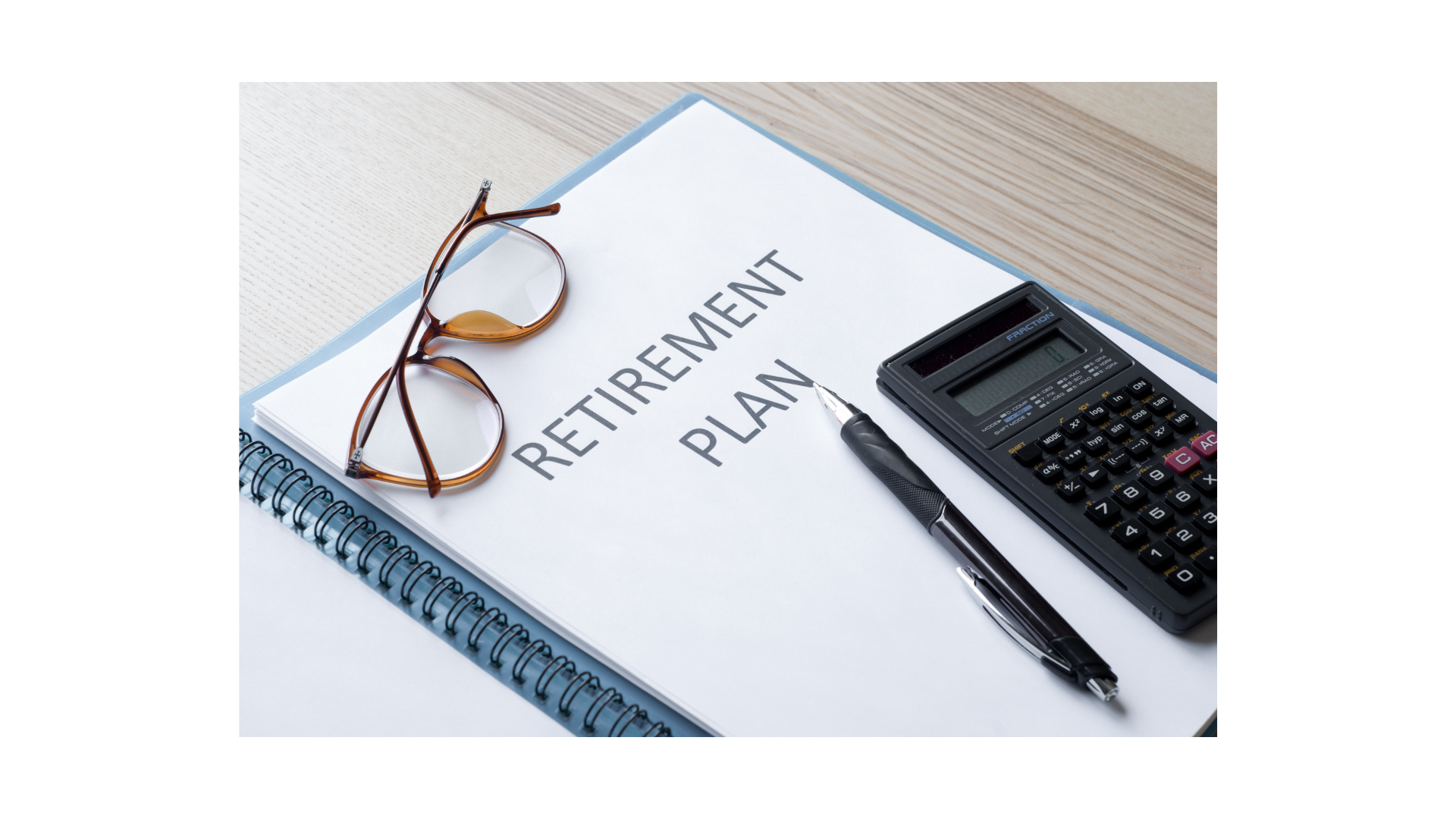Understanding Homeowners Insurance
Purchasing homeowners insurance is not only critical for protecting your home, your personal property and against any potential liability, but if you have a mortgage, your lender will require it.

What’s Covered
A homeowners insurance policy is a package of coverages, including:
- Dwelling: Covers damages to your house and any attached structures, including fixtures such as plumbing, electrical and HVAC systems.
- Other Structures: Pays for damage to unattached structures, including a detached garage, tool shed, fence, etc.
- Personal Property: Covers personal possessions such as appliances, furniture, electronics, clothes, etc.
- Loss of Use: Reimburses for additional living expenses while you are unable to live in your home.
- Personal Liability: Pays claims if you are found liable for injuries or damages to another party.
- Medical Payments: Pays the medical bills incurred by people who are hurt on your property or by your pets.
Remember, these coverages pertain only to losses caused by a peril covered by your policy. For instance, if your policy doesn’t cover earthquake damage, then losses will not be reimbursed.
Types of Homeowners Policies
The types of covered perils will depend on the type of policy you buy.
The Special Form is the most popular policy since it insures against all perils, except those specifically named in the policy. Common exclusions include earthquake and floods. Typically, flood insurance is obtained through the National Flood Insurance Program, while earthquake coverage may be obtained through an endorsement or a separate policy.
Limits of Coverage
Your policy will impose limits on the amount of covered losses.
If you have a valuable art collection or jewelry, you may want to secure additional insurance on those items.
Be aware of whether your policy insures for replacement cost (pays the cost to rebuild your home or repair damages using materials of similar kind and quality) or actual cash value (home value based on age and wear and tear), which may not cover all your losses.
Coordinating Umbrella Liability Coverage
Individuals with significant assets may want to consider attaching an umbrella policy to their homeowners policy, which provides liability coverage in excess of the liability limits of your current policy.
The content is developed from sources believed to be providing accurate information. The information in this material is not intended as tax or legal advice. It may not be used for the purpose of avoiding any federal tax penalties. Please consult legal or tax professionals for specific information regarding your individual situation. This material was developed and produced by FMG Suite to provide information on a topic that may be of interest. FMG Suite is not affiliated with the named broker-dealer, state- or SEC-registered investment advisory firm. The opinions expressed and material provided are for general information, and should not be considered a solicitation for the purchase or sale of any security. Copyright FMG Suite.
Securities offered through LPL Financial, Member FINRA/SIPC. Investment advisory services offered through Global Retirement Partners, LLC dba AssuredPartners Financial Advisors, an SEC registered investment advisor. AssuredPartners Financial Advisors and LPL Financial are separate non-affiliated entities.











